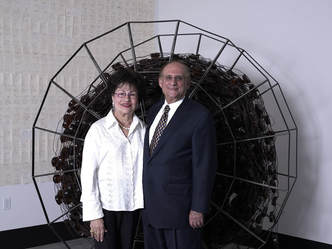
When you speak to Myrna Palley about art glass the first thing you notice are the pronouns: "we" "us" and "ours." The long-time collector of glass art, with her husband, Sheldon, views the artists, the glass galleries and other collectors as her people.
"We travel together, we visit each other's homes." she says.
Visitors to Miami Art Week can start looking at fine art as soon as they get off the plane this year. Part of the Palley's glass art collection will be gracing the American Airlines terminal at Miami International airport (concourse D 29). A
further large portion of the collection resides at the Palley Pavilion, next to the Lowe Art Museum at the University of Miami.
Palley studied art at the University of Miami and has remained connected to the school ever since.
"I feel like I live on campus. It is like I never left. My son went to law school there." she says.
"No one donates to the arts and it is so very important for mind and body. Everyone gives to diseases, and that is marvelous, but supporting the arts is something you can give to benefit people before something happens physically or mentally." she says.
The Palley's became involved in collecting glass over 30 years ago. Back then glass was seen more as a craft (today, in some cases it still is). They were attracted to the medium for numerous reasons.
"It is pure, it is filled with energy. It is a marvelous ingredient. Look at it! We were pioneers (as collectors). It is a marvelous art form. It is amazing what can be done with it, especially when combined with other materials like metal and wood," says Palley. "It is amazing what they could do with a fluid material that wound up being something you could hold. It has a life of its own. Wherever you put it it picks up something--daylight artificial light. It is sculpture that feeds from the environment. It is like a bowl of fish. The fish are always swimming around."
"It got out of hand. How out of hand? We have thousands of pieces." she says.
The solution was the Palley Pavilion at the University of Miami. The collection (or much of it) went there. It is in a separate building at the Lowe Gallery. The airport exhibit came about after the Palley's were contacted by the airport.
The curator of the airport exhibit is Linda Boone. Boone and her husband opened the first glass gallery in the country in Detroit, Habatat Gallery. Boone is retired but a nephew runs the Detroit gallery and her daughter runs one in West Palm Beach. She was instrumental in the Palley Pavilion's creation. She is glass art gallerist and curatorial royalty and Palley's respect for her is effusive.
This mirrors her opinion of the early glass artists she knows and in particular those she met in the early days.
"The fact the artists, working independently, worked so hard," she says "There were no galleries and they took to a brand new field but they thought enough of that they were doing to go into the shows and craft fairs."
These artists were running head first into an art form that was not considered fine art and that was, indeed, a complicated and expensive sort of art to produce was a leap of faith. The Palleys were there, right there, believing with them. Typing words cannot convey, adequately, the passion in Palley's voice as she speaks of the early glass artists.
One artist, who Palley rates as the A+++ of glass artists, is Dan Dailey. He perhaps comes from a slightly later period but the route he chose and the work he creates still reminds of the era a moment before he began. When Dailey is mentioned Palley notes he is coming to visit her for Miami Art Week (read an old interview with Dailey HERE). Palley's collection includes half a dozen pieces from Dailey. His work includes pieces in a myriad of styles over his long career. Dailey's
wife, Linda McNeil is an jewelry artist in her own right.
"I have glass around the city and I sometimes forget where they are," she says. "We are still buying and the collection is still expanding. Glass is like a child but it doesn't talk back to me."
Not everyone agrees that glass art is fine art, a sort of bizarre notion for anyone who has seen the work of Dale Chihuly and his student, Dailey.
Palley says Art Basel doesn't allow glass galleries but that you will find glass on the floor of the show because some galleries bring some (tacitly refuting the notion glass art isn't fine art).
"We are no longer a craft. A friend of mine donated 16 or 17 pieces of Billy (WIlliam) Morris to my part of the museum 10 years ago." she says
The pieces were valued in the millions.
"Now, I don't think it is craft? I don't think it is a lot of people working around a bunsen burner." she says. "It is not going anywhere, it is fine art. If Art Basel is close minded that is their trouble." says Palley.
Glass galleries are all over the country and, despite the stances of certain fairs, glass is fine art and always has been. You will see glass all around town during Miami Art Week.
Before you do that? Check out the exhibit at Miami International Airport.
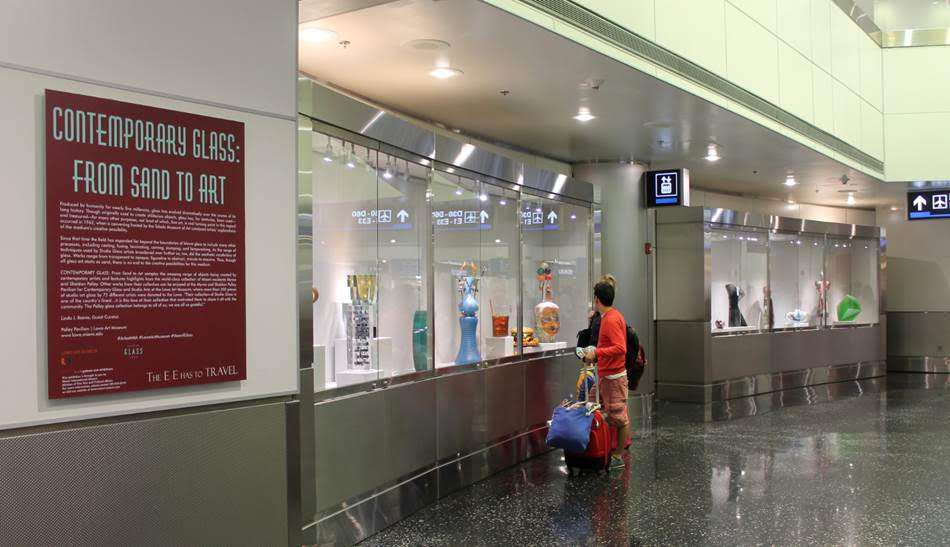
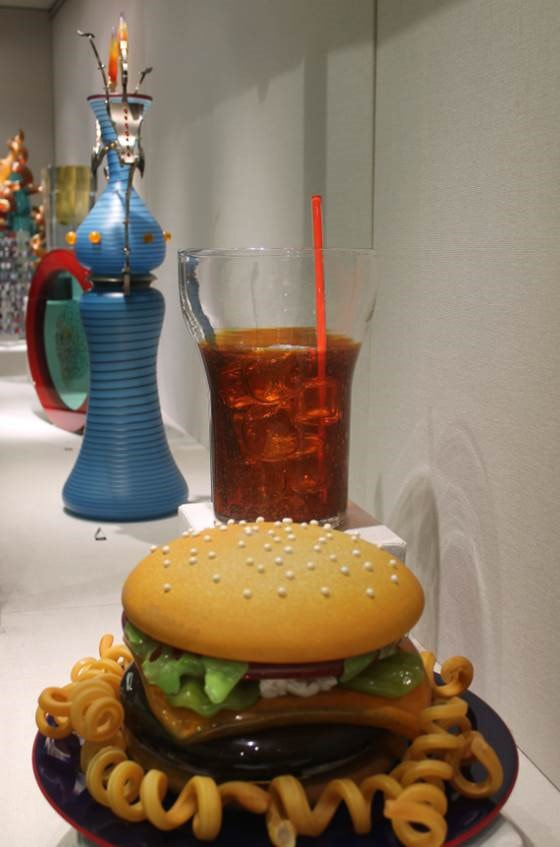
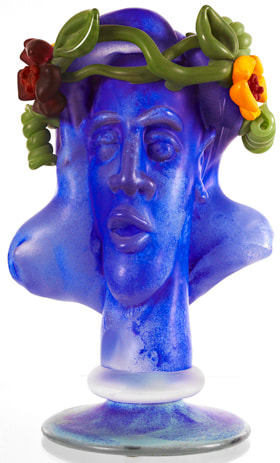

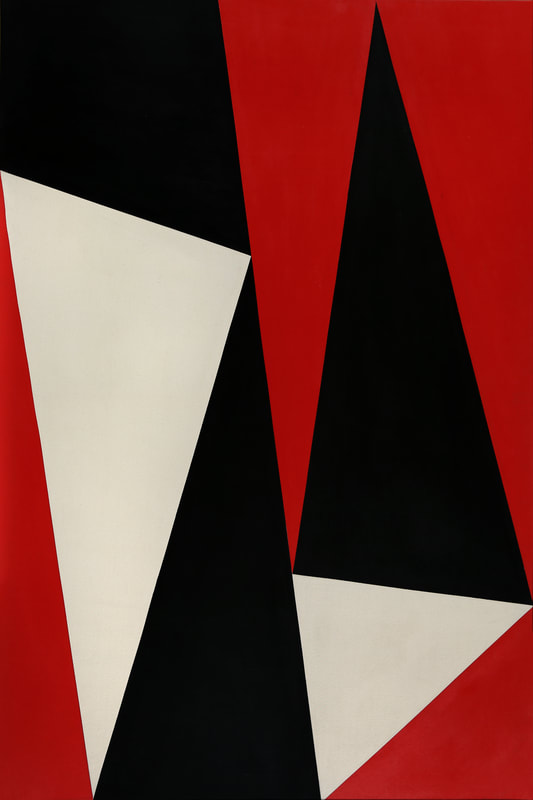

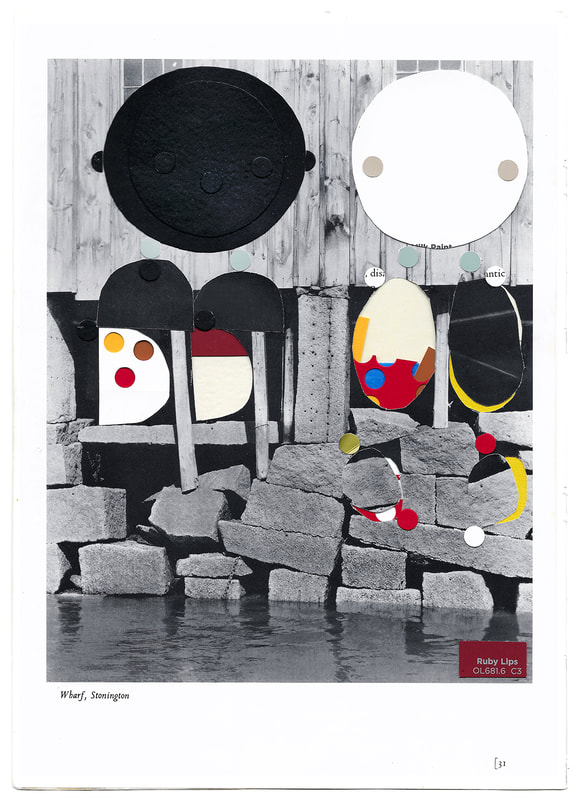
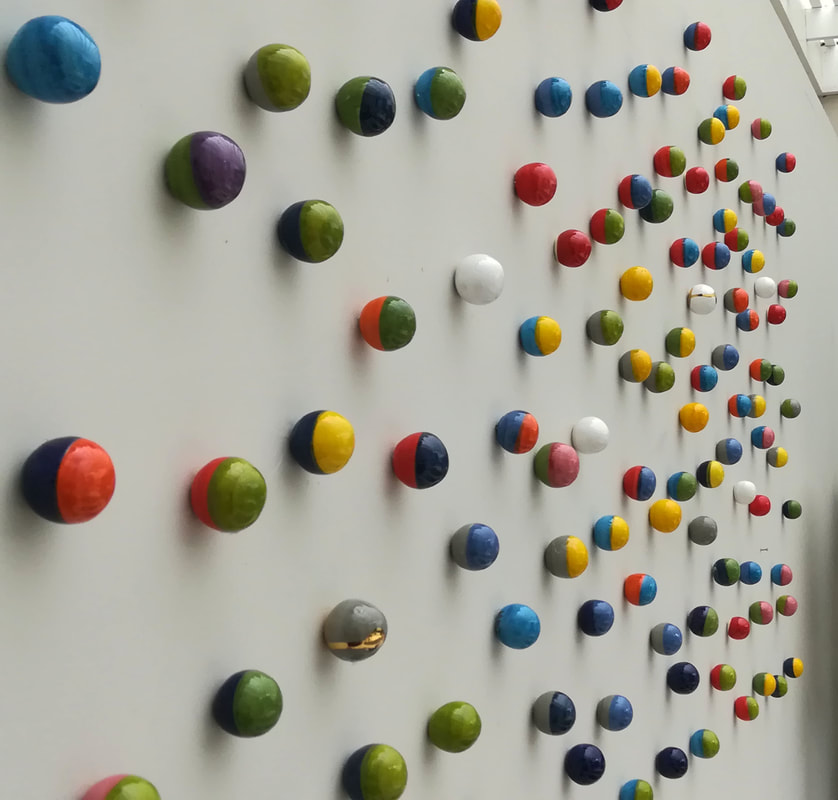
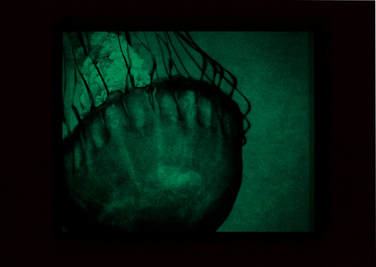
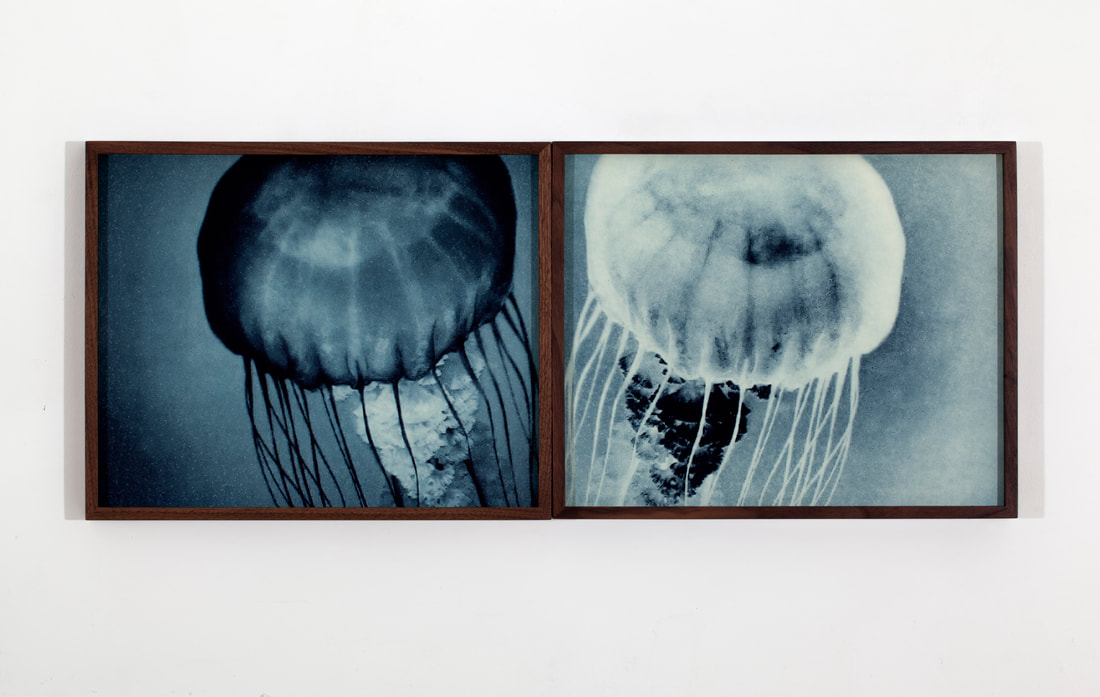
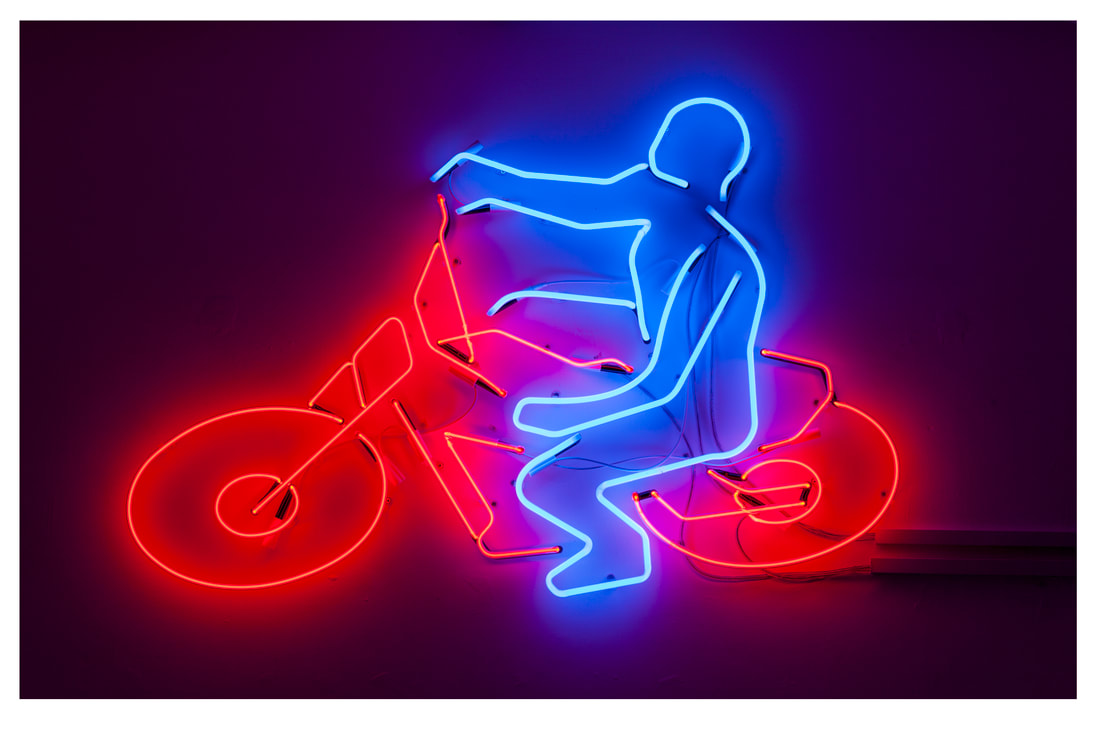
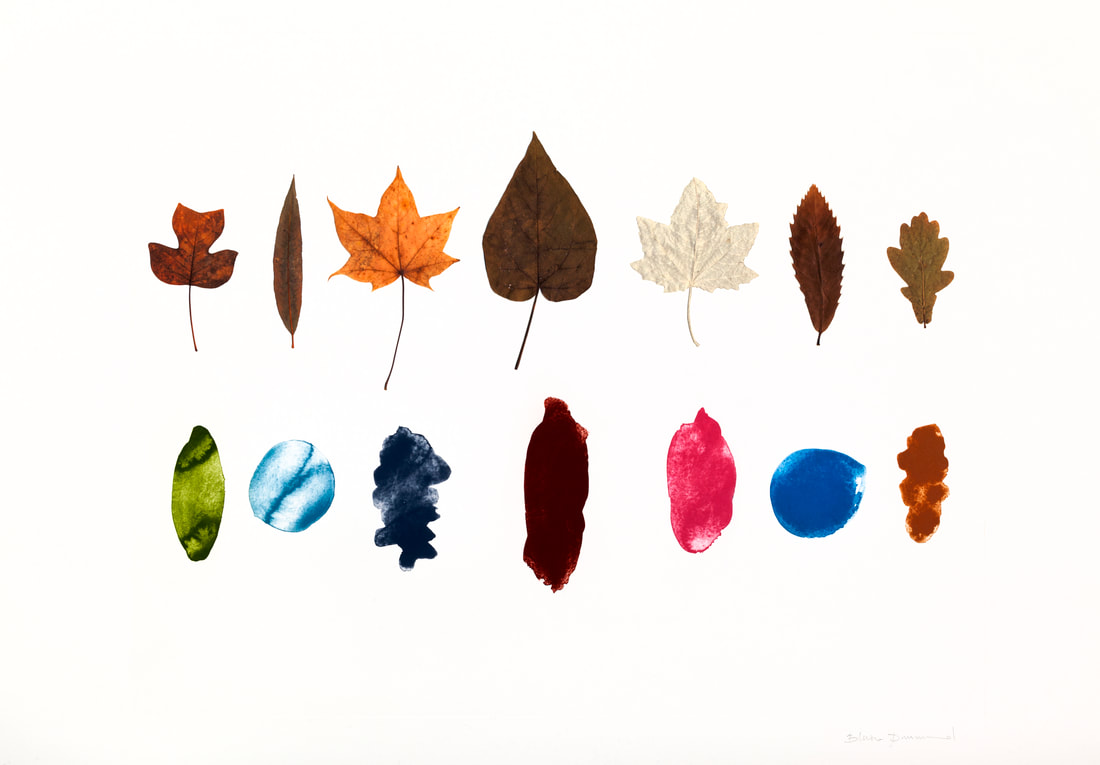

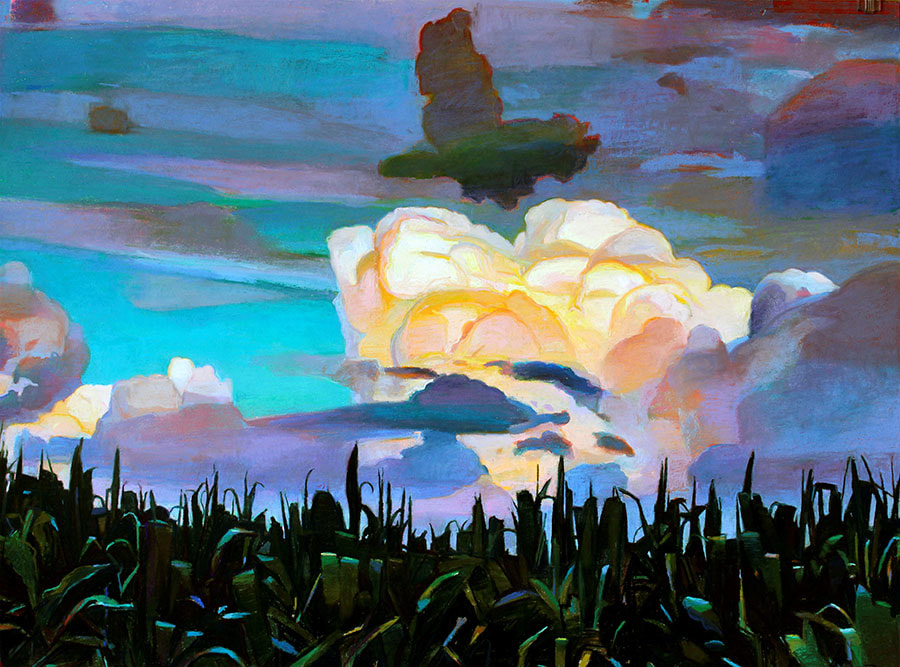
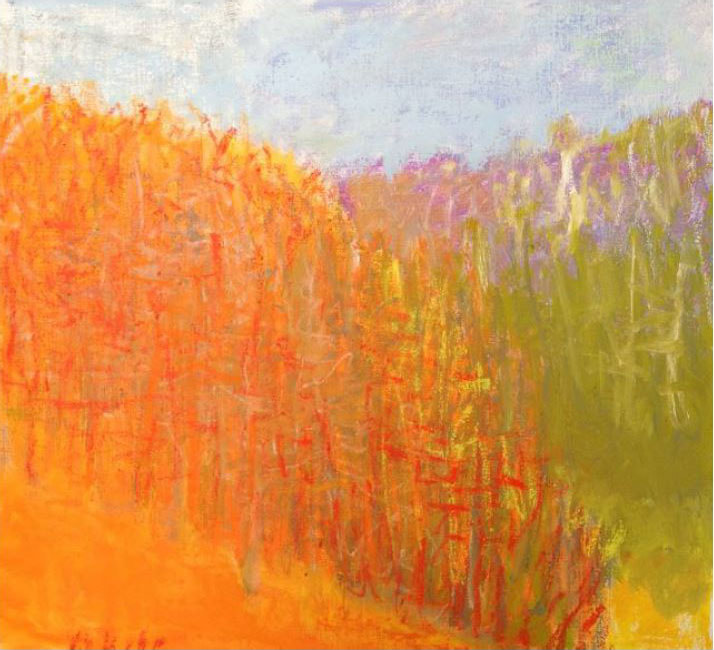
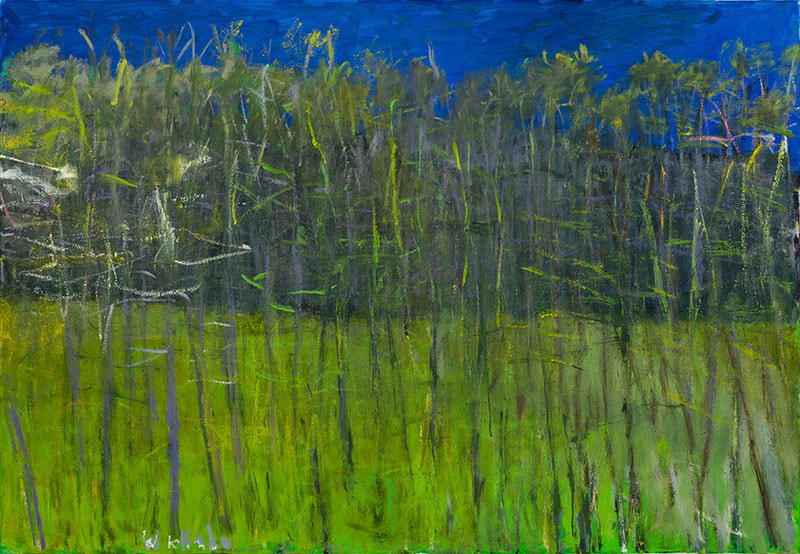
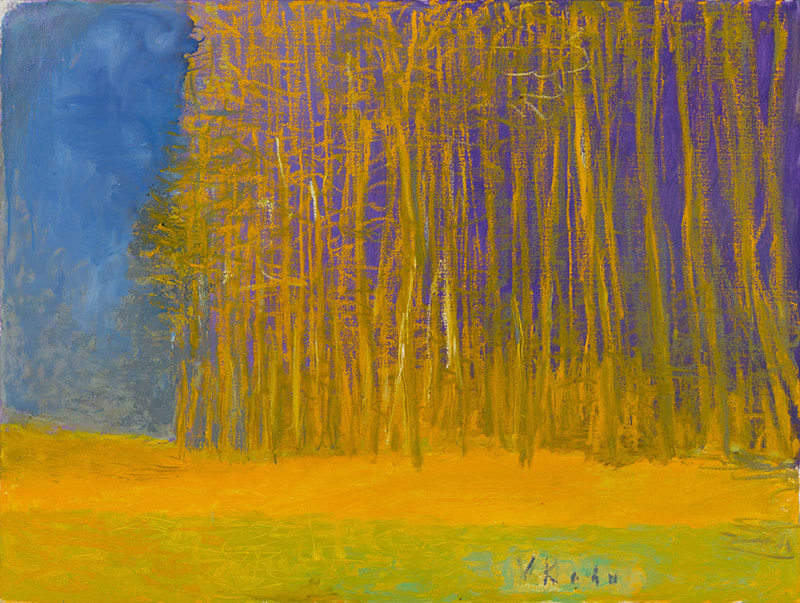
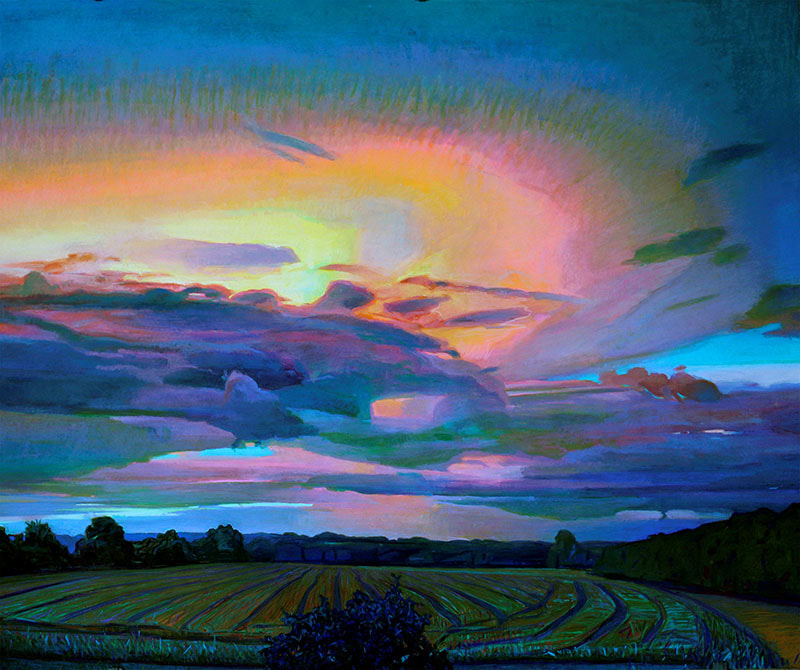
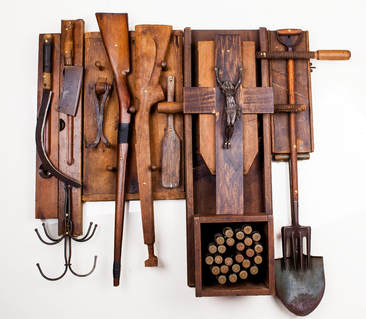
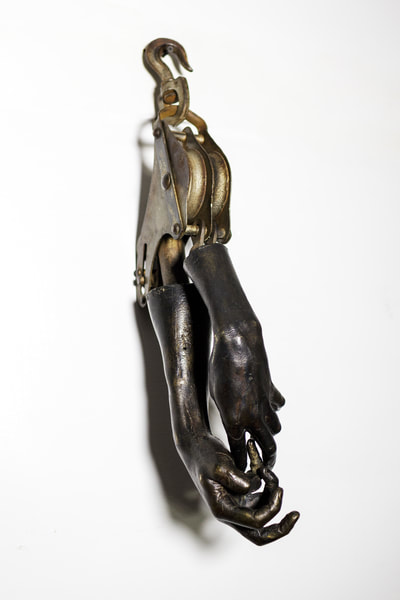
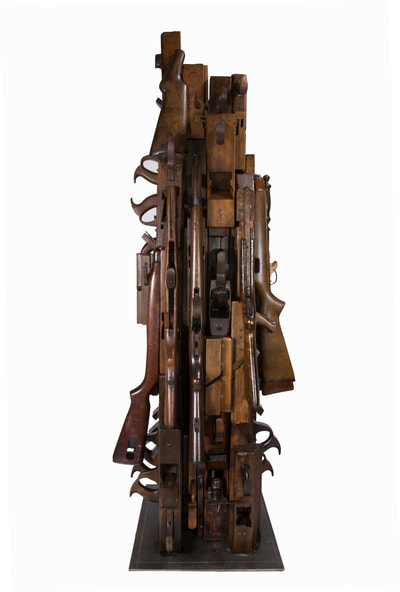
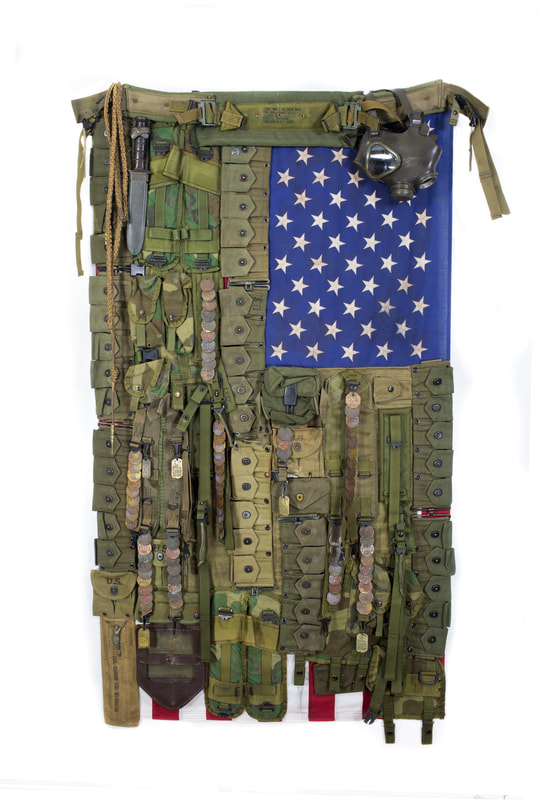
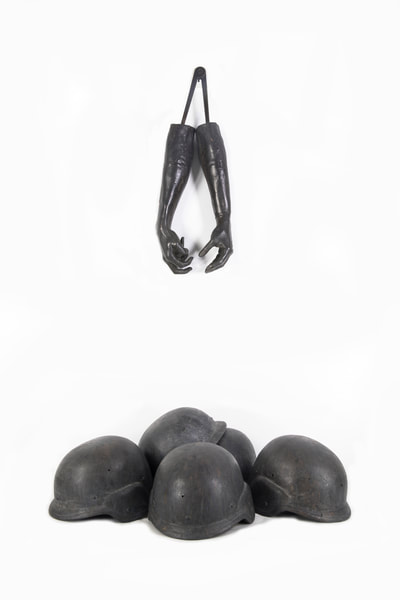
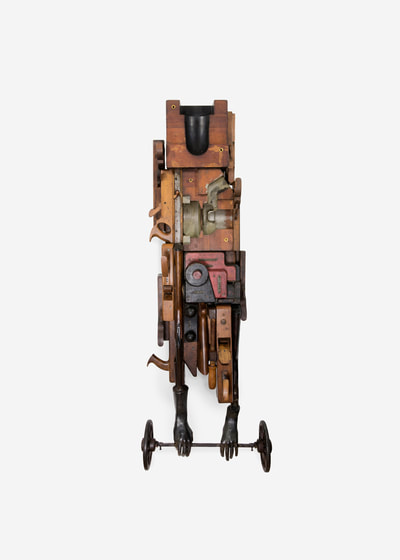
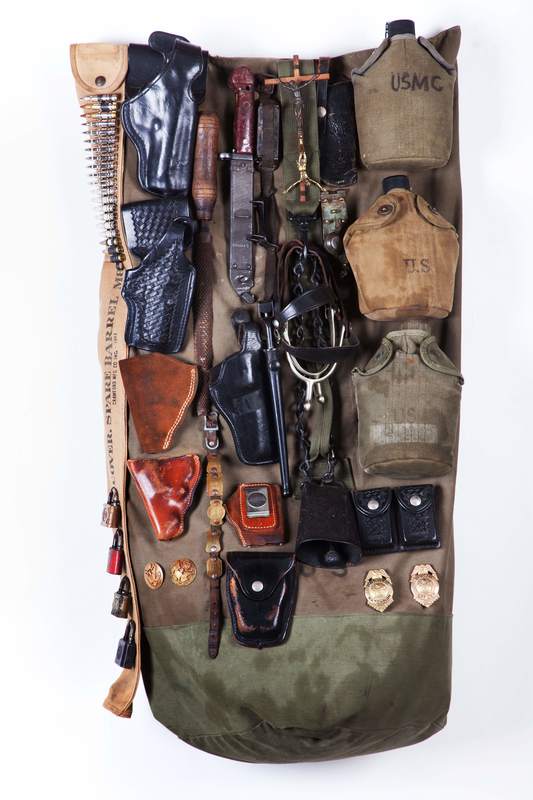
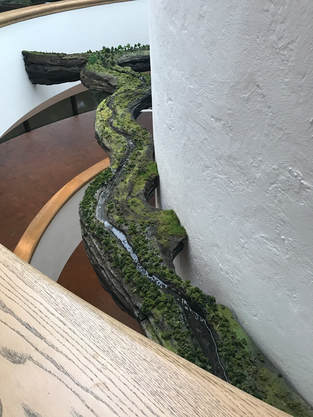
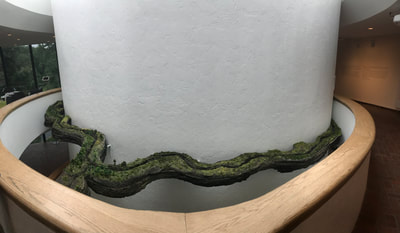
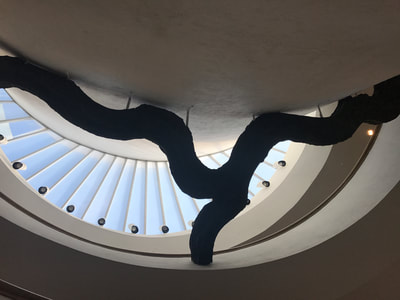
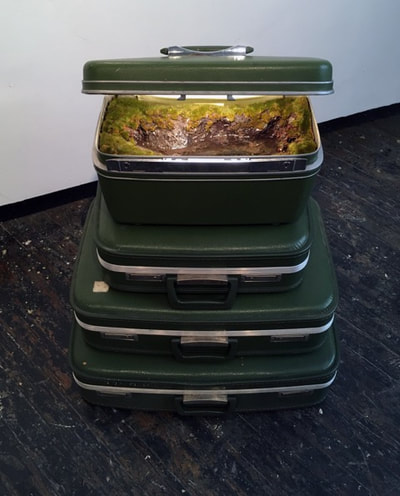
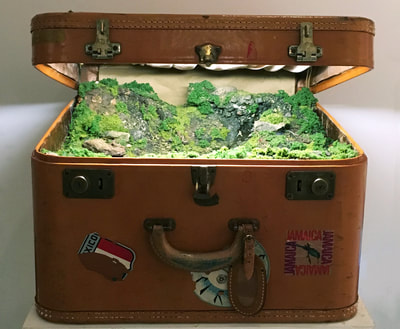
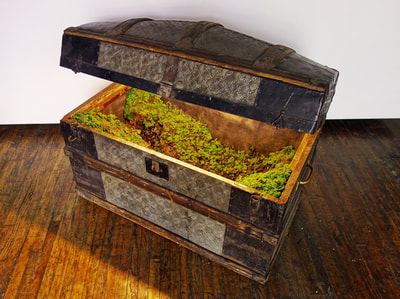
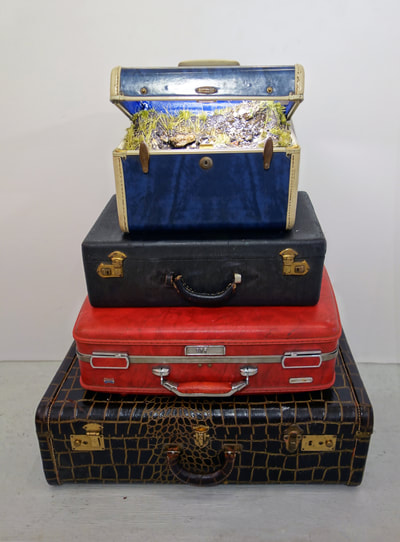

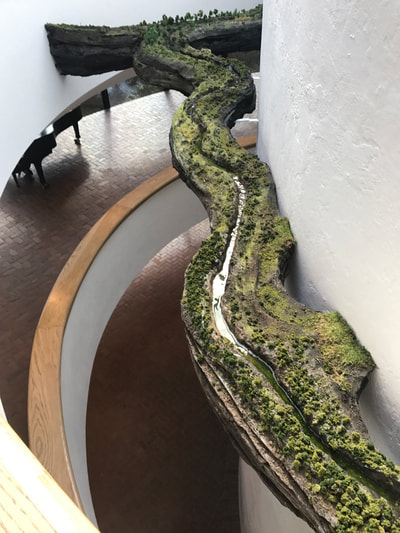
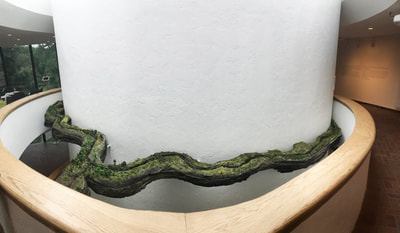
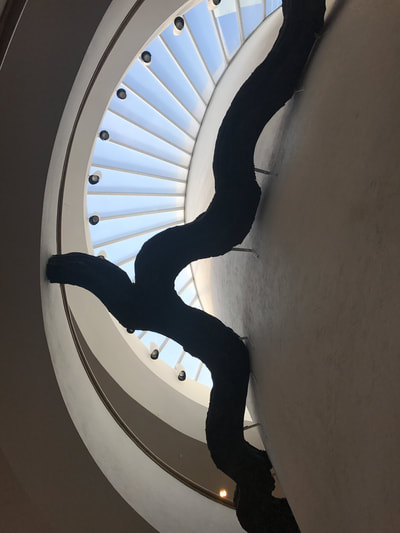

 RSS Feed
RSS Feed